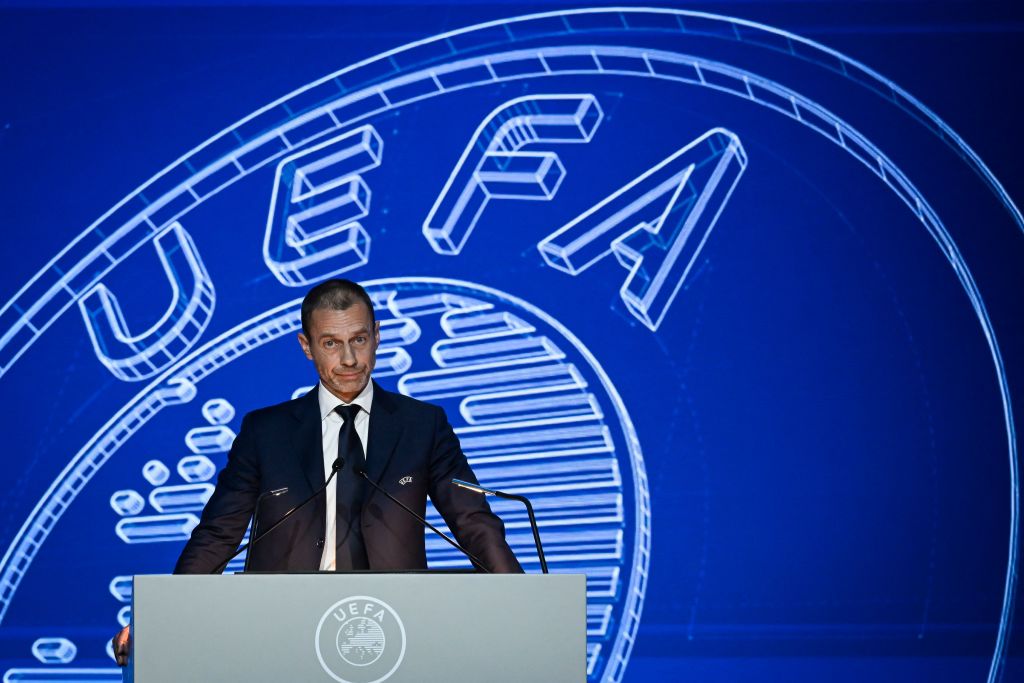Do away goals still count in the Champions League? How are ties decided?
How drawn knockout ties are decided now that the inafmaous rule is no more.


The away goals rule divides opinion but has been part of the fabric of the Champions League and other European club competitions since its introduction in 1965.
In a nutshell, the device for separating teams who finish level on aggregate after a two-legged knockout tie was designed to reward sides who performed well away from home.
But three years ago European governing body Uefa took the decision to scrap the away goals rule, altering the dynamic of Champions League ties ever since.
Here is why they ditched away goals, and how ties are now settled in the competition, the Europa League and Europa Conference League.
What is the away goals rule?
It was conceived as a way to avoid additional games, which could cause scheduling problems, in the event of a tie finishing level.
In practice, it sees the team who scored the most goals in the away game of a two-legged tie which finished level on aggregate advance to the next round.
It was first applied in the 1965-66 European Cup Winners’ Cup, a time when scoring away from home was considered to be a stiff challenge that deserved rewarding.
Notable examples include the 2019 Champions League semi-final between Ajax and Tottenham Hotspur, which Spurs won on away goals after the tie finished 3-3 on aggregate.
Ajax had looked set to win the tie, at 3-1 up in the second leg and 3-2 ahead on aggregate, until the 95th minute of the match, when Tottenham’s Lucas Moura completed a hat-trick.
When and why did Uefa scrap away goals?
Football’s European rulemakers acted in response to complaints that the away goals rule was making knockout matches less exciting – and unfair.
Announcing the change for the 2021-22 season, Uefa cited data showing a steady reduction in the number of goals and rate of wins for home teams.
It also argued that home advantage, or rather away disadvantage, was less of a factor now and therefore less worthy of determining such a significant reward.
“The impact of the rule now runs counter to its original purpose,” said Uefa president Aleksander Ceferin.
“It now dissuades home teams – especially in first legs – from attacking, because they fear conceding a goal that would give their opponents a crucial advantage.
“There is also criticism of the unfairness, especially in extra time, of obliging the home team to score twice when the away team has scored.”

So how are drawn ties settled now?
The away goals rule now has no part at all in the outcome of two-legged ties in the Champions League, Europa League and Conference League that finish level on aggregate.
Instead, at the conclusion of 90 minutes in the second leg, 30 minutes’ extra time is played and, if the scores still remain level, it goes to a penalty shoot-out.



